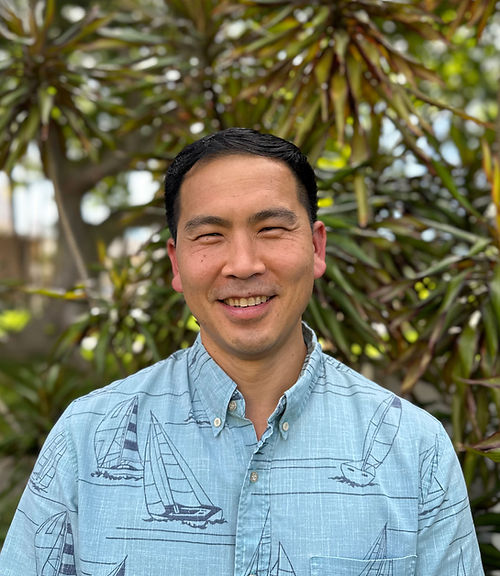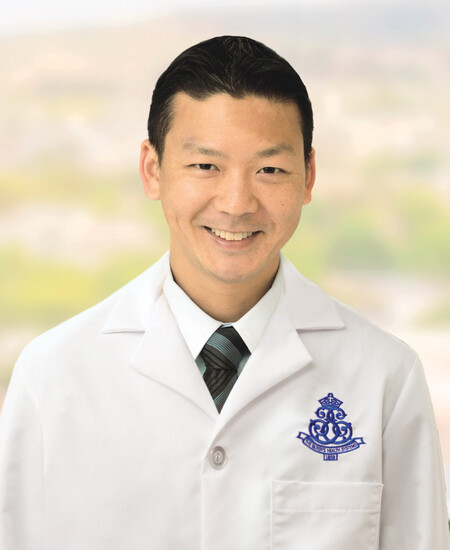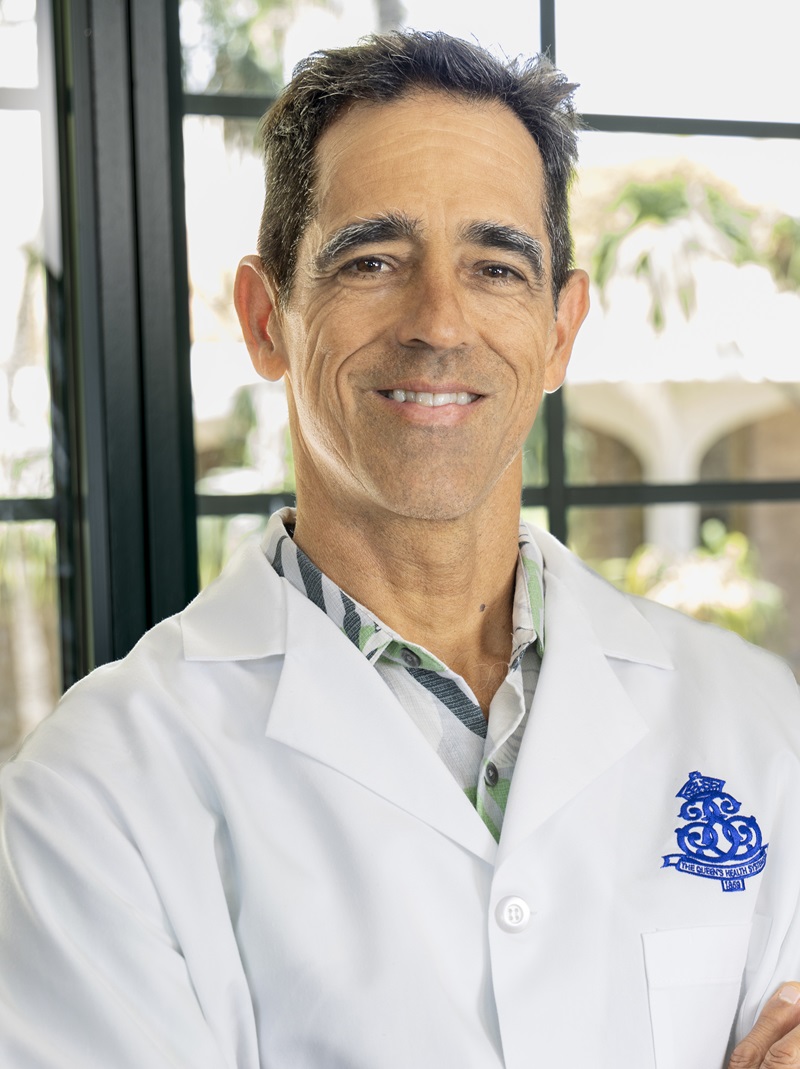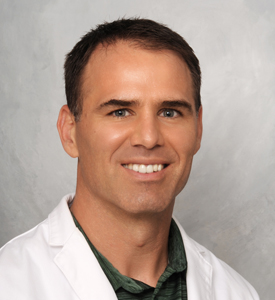
About
The University of Hawaii Orthopaedic Residency Program is an ACGME-accredited five-year orthopaedic training program under the auspices of the University of Hawaii John A. Burns School of Medicine. The program is accredited for ten resident positions. The Program offers 2 Categorical positions per year with two entry tracks: the traditional 5-year Track and a 6-year Research Track which includes a research year between PGY-2 and PGY-3.
The University of Hawaii Program operates in a community hospital system in which patients are admitted and treated by private surgical attending physicians. The training of orthopaedic residents takes place at The Queen’s Medical Center – Punchbowl (Primary Training Site, only Level I trauma center in Hawaii) along with other major participating sites. The Orthopaedic Residency Program seeks to prepare residents to become orthopaedic surgeons of the highest caliber by providing a rich educational experience in a variety of clinical settings. The three main program components: curriculum, research, and patient care are structured to offer the knowledge, skills, attitudes/behaviors, and clinical judgment needed for the practice of orthopaedic surgery.
The University of Hawaii Orthopaedic Residency Program was initiated in 1970 with its first graduate in 1973. At that time, the training Program was three years in length and graduated one resident per year. The Program expanded to a four-year program in the early 1980’s with two graduates per year. In 1987, the Program added a one-year research fellowship in orthopaedics. In July 2000, the Program converted to a five-year program to include the PGY-1 internship year.
To educate and prepare qualified individuals to fulfill his/her personal and professional goals as an orthopaedic surgeon. To provide the best orthopaedic care available to the people of Hawaii with a special emphasis on the underserved populations.
The program’s educational philosophy emphasizes a collegial, non-threatening atmosphere where residents are given all of the tools needed to become superior orthopaedic surgeons able to practice safely and independently. The program emphasizes early and active operative participation with gradually increasing responsibility to provide safe and efficient orthopaedic patient care in the community.
Graduate competent general orthopaedists able to secure high-tiered subspecialty fellowships and return to Hawaii to live, practice, and teach in the community.





























